PRESENTATION: Thea Djordjadze-All Building As Making
 Thea Djordjadze creates sculptures and installations of singular, idiosyncratic poetry. Her works are suffused with multiple art-historical references, while at the same time they respond to the particular conditions of the exhibition setting. The fragile, process-driven character of the Berlin-based, Georgian artist’s practice dissolves the notion of the artwork as a fixed entity. Her sculptures and installations offer viewers a spatial, physical and psychological experience, casting an unanticipated light on particular environments.
Thea Djordjadze creates sculptures and installations of singular, idiosyncratic poetry. Her works are suffused with multiple art-historical references, while at the same time they respond to the particular conditions of the exhibition setting. The fragile, process-driven character of the Berlin-based, Georgian artist’s practice dissolves the notion of the artwork as a fixed entity. Her sculptures and installations offer viewers a spatial, physical and psychological experience, casting an unanticipated light on particular environments.
By Efi Michalarou
Photo: Gropius Bau Archive
For “all building as making”, her first institutional solo exhibition in the city where she lives and works, Thea Djordjadze presents a new series of installations and sculptural interventions in space that articulate her trademark material language and her precise semiology of forms. Taking over a historic wing of the Gropius Bau, her project traces the lasting, often subconscious, effects of material memory as it is refracted through the applied arts, from built architecture through techniques of visual display such as vitrines and plinths. In her works, which are marked by subtlety and surprising material juxtapositions, Djordjadze engages both with the impulses toward autonomous form, as in historical and modernist sculpture, and with techniques of application: architectural modules, vitrines, plinths, frames and pedestals. Djordjadze combines materials such as plaster, metal, foam, textiles, wood and papier-mâché, creating fragmentary spatial settings in which she reformulates the classic display. She transfigures the forms we recognise from everyday space, and architectural and artistic traditions, to bring a sensuous awareness to the poetics of display. Djordjadze’s new sequence of work for the Gropius Bau touches upon the under-examined history of the Gropius Bau’s Schliemann Hall, which from 1881 to 1885 housed the archaeological excavations from near-eastern antiquity of 19th-century archaeologist Heinrich Schliemann. Presented here, and always interested in the affective conditions of museum settings and in the migration of objects and artifacts through space and history, Djordjadze’s new project embarks in a simultaneous construction and deconstruction of formal sensibilities we recognise from the applied arts. Her new work takes on the affective resonances of methods of visual presentation, whether in museums, semi-private or commercial settings. Djordjadze’s work, which usually eschews autobiographical references, takes as a point of departure her frequent visits, in the 1980s and 1990s, to the Simon Janashia Museum in her hometown of Tblisi, Georgia. There, Djordjadze encountered handmade vitrines built by anthropologist Alexander Javakhishvili and painter Avto Varazi in the 1950s. These museum vitrines became an important visual reference point for Djordjadze, specifically due to their attention to the viewer’s scale within an otherwise de facto impersonal institutional setting. In these historical vitrines, Djordjadze encountered an attitude toward visual representation within institutions that communicated modesty, humility, provisionality and humanity – in contrast to the pomp, oppressiveness and institutional distance typical of Soviet-era architecture in the USSR. This deconstruction of power, in and through an aesthetic of modesty, limitation or even awkwardness, is the ground for Djordadze’s inquiry into form and affect. At the Gropius Bau, Djordjadze continues her intensively on-site work, made with an intuitive, distinctive, yet always precise, consideration of material as environmental contingencies, whether atmosphere, situational detail or light. In her installations, which are all unique, no element is insignificant. She is an excavator of mood, showing how display and sensibility are linked. While Djordjadze’s works engage acutely with the mode and place of art’s presentation, they are not “site-specific” in a usual sense, in that she seeks rather to create friction or tension between containers and contained – often by creating her own frames or vitrines. When placed into an institution such as the Gropius Bau, her works can be seen to question central conventions of institutional and museum display. With a characteristic lightness of touch, she does not aim to endow these shapes with a rigid geometry of permanence, but rather to call attention to their fragility and mutability: the sense that all shapes are suffused with history, and thus subject to entropy, decay and time. In past exhibitions, Djordjadze often built her own material housings to challenge and isolate her works within the space. Here, this simultaneous way of activating and challenging a space is done through her engagement with the convention of the vitrine and elements of carriers, as well as her interest in plastering over glass windows, or employing or disposing quasi architectural elements on walls or across a room. If the opposite of display is privacy, then her works manifest ways in which art can both display and withdraw, and in which the past is refracted, through material, into the present.
Photo: Thea Djordjadze, Why hold on to that?, 2018, Aluminium, © Thea Djordjadze / VG Bild-Kunst, Bonn, Courtesy Portikus-Frankfurt am Main, Photo: Diana Pfammatter
Info: Curator: Julienne Lorz, Gropius Bau, Niederkirchnerstraße 7, Berlin, Germany, Duration: 18/9/2021-16/1/2022, Days & Hours: Wed-Mon 10:00-19:00, http://www.gropiusbau.de
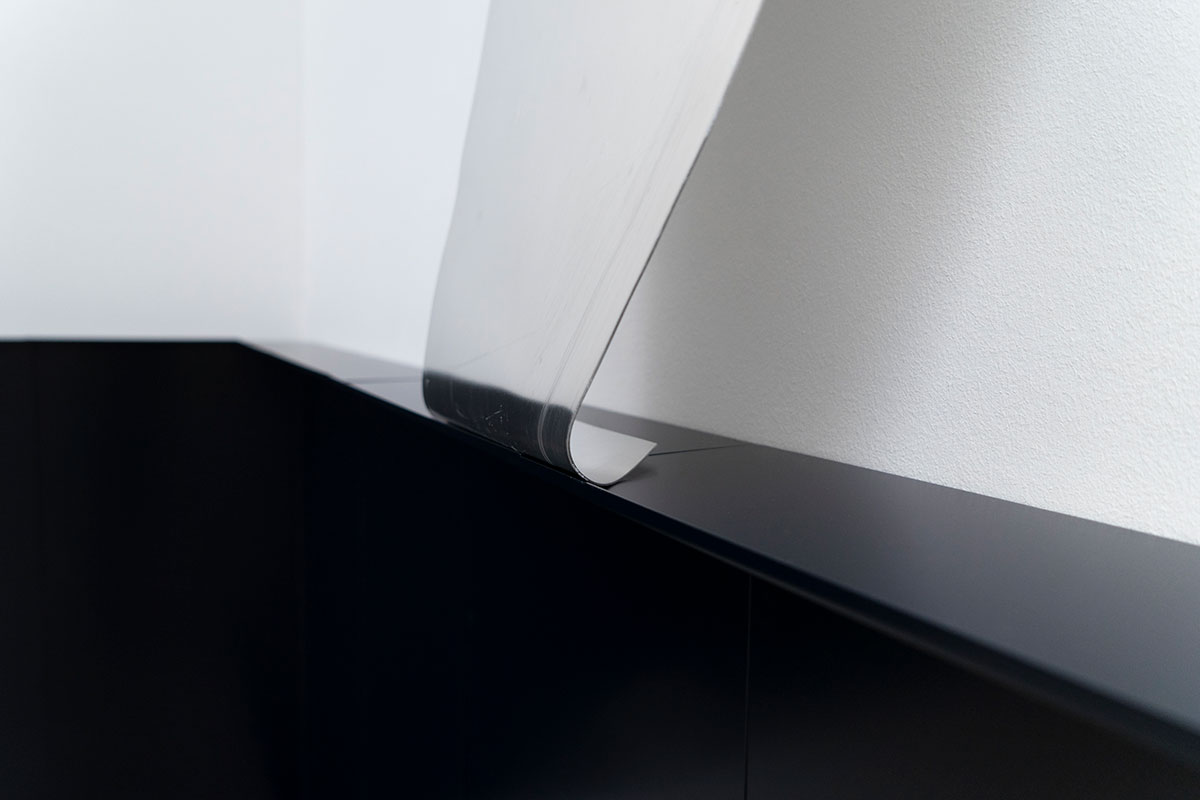
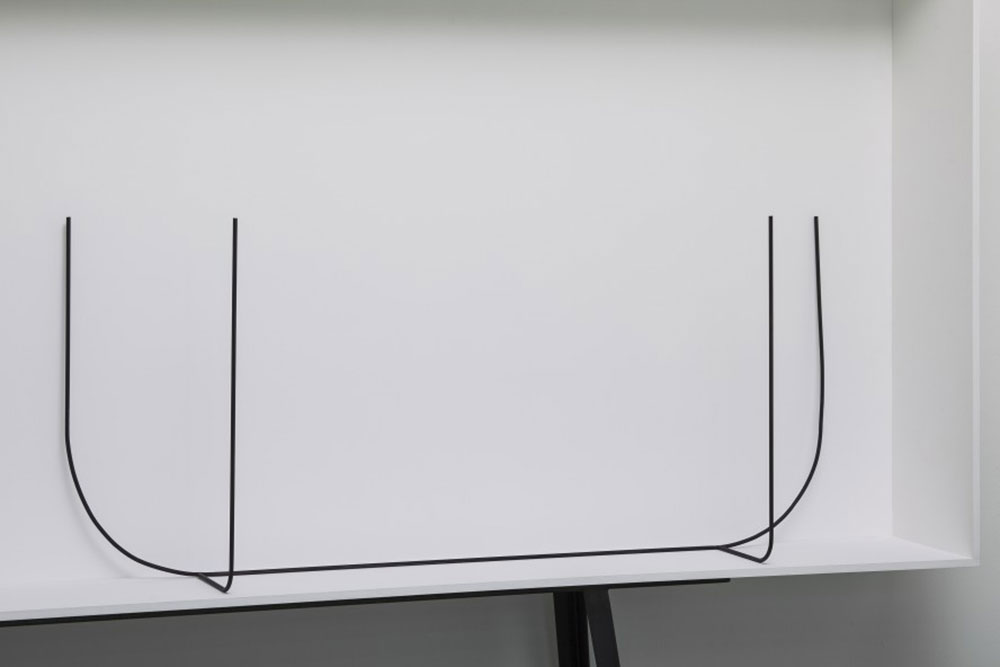
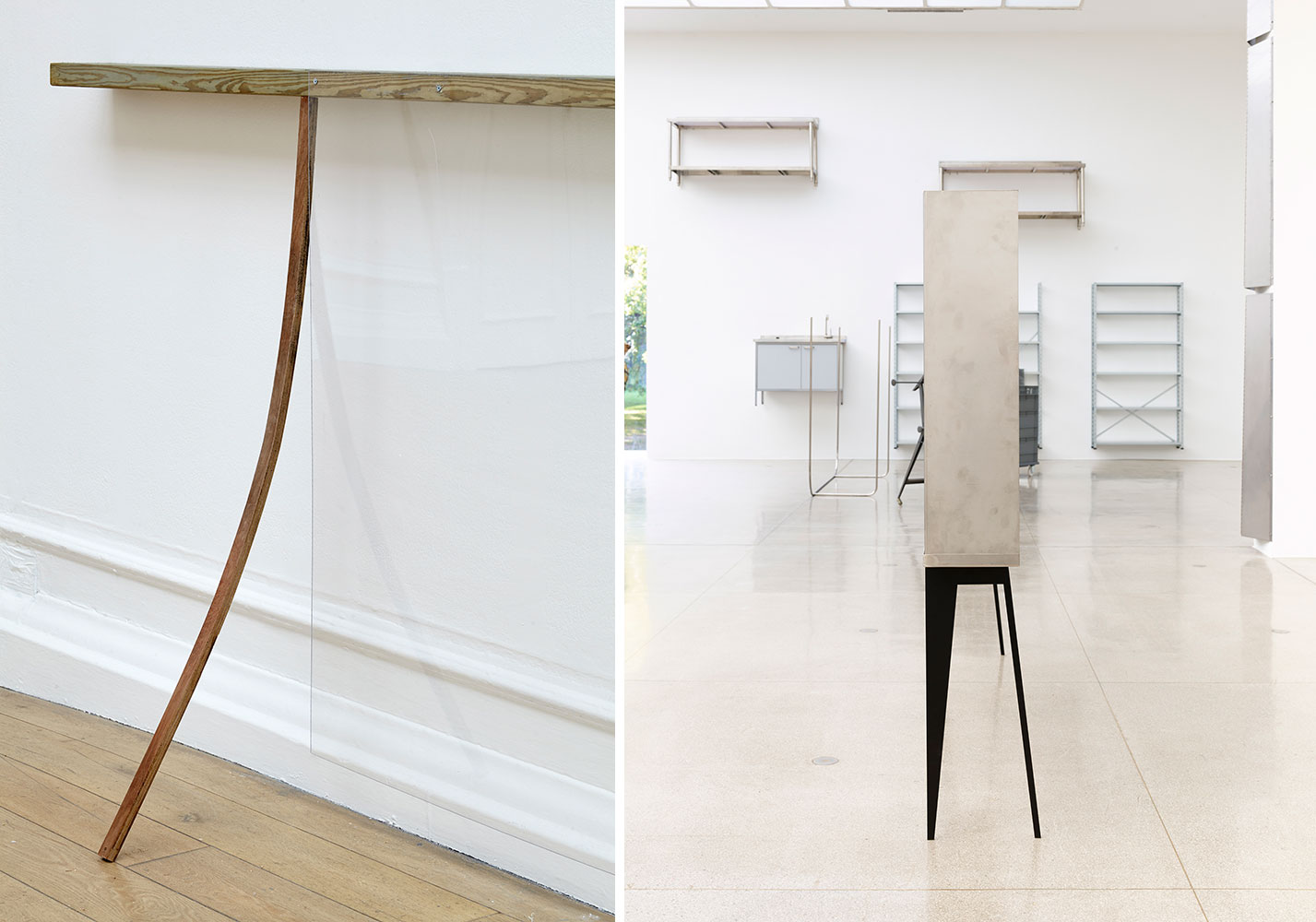
Right: Thea Djordjadze, To be in an upright position on the feet, 2016, Installation view, Studio visit, Secession, Wien, 2016, © Thea Djordjadze / VG Bild-Kunst, Bonn Courtesy Secession Wien, Photo: Sophie Thun
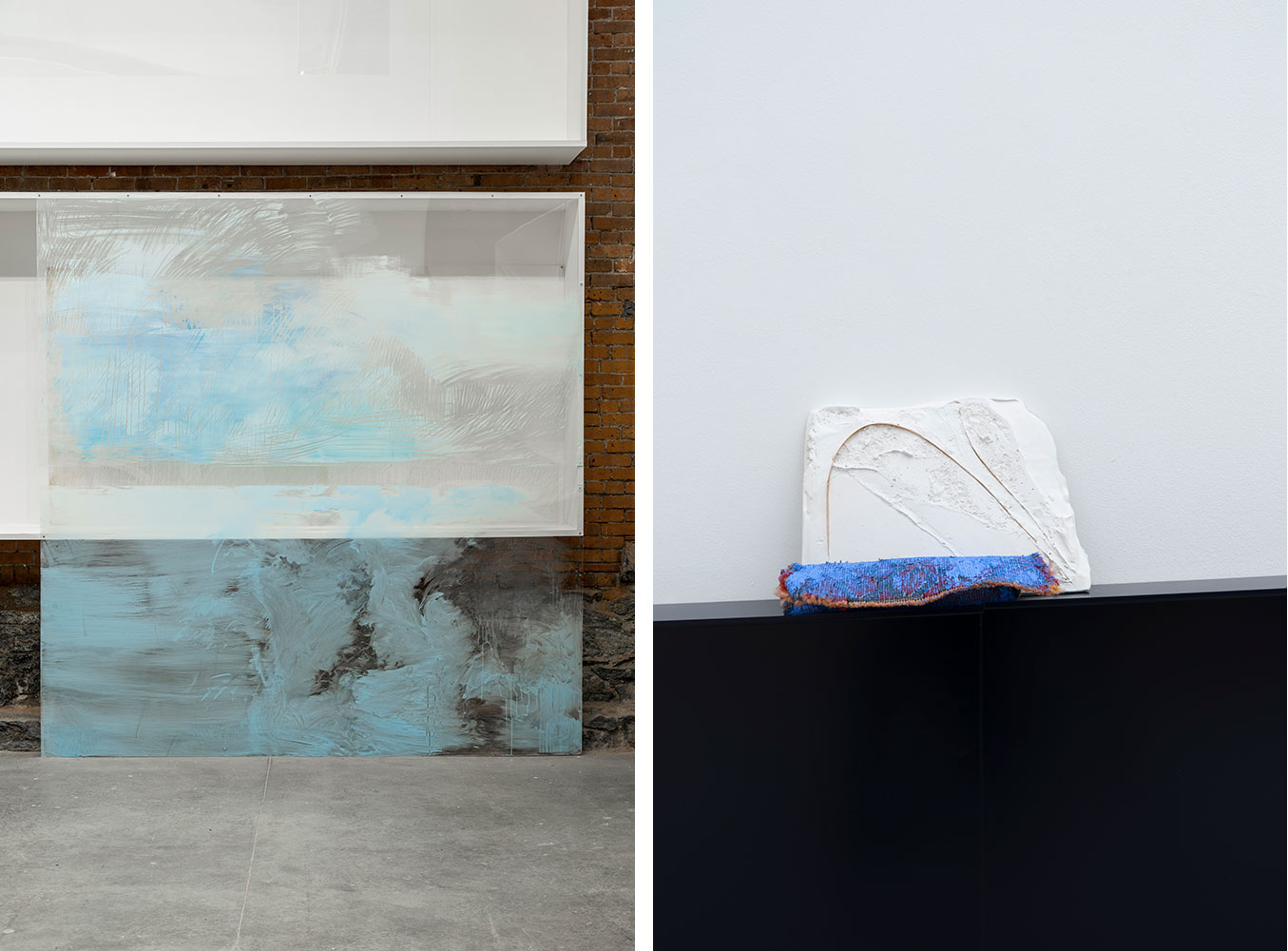
Right: Thea Djordjadze, oneissopublicandtheothersoprivate (Detail), 2019, Mixed Media, © Thea Djordjadze & VG Bild-Kunst, Bonn 2019, Photo: Reto Kaufmann; courtesy: Kunst Museum Winterthur; Sprüth Magers
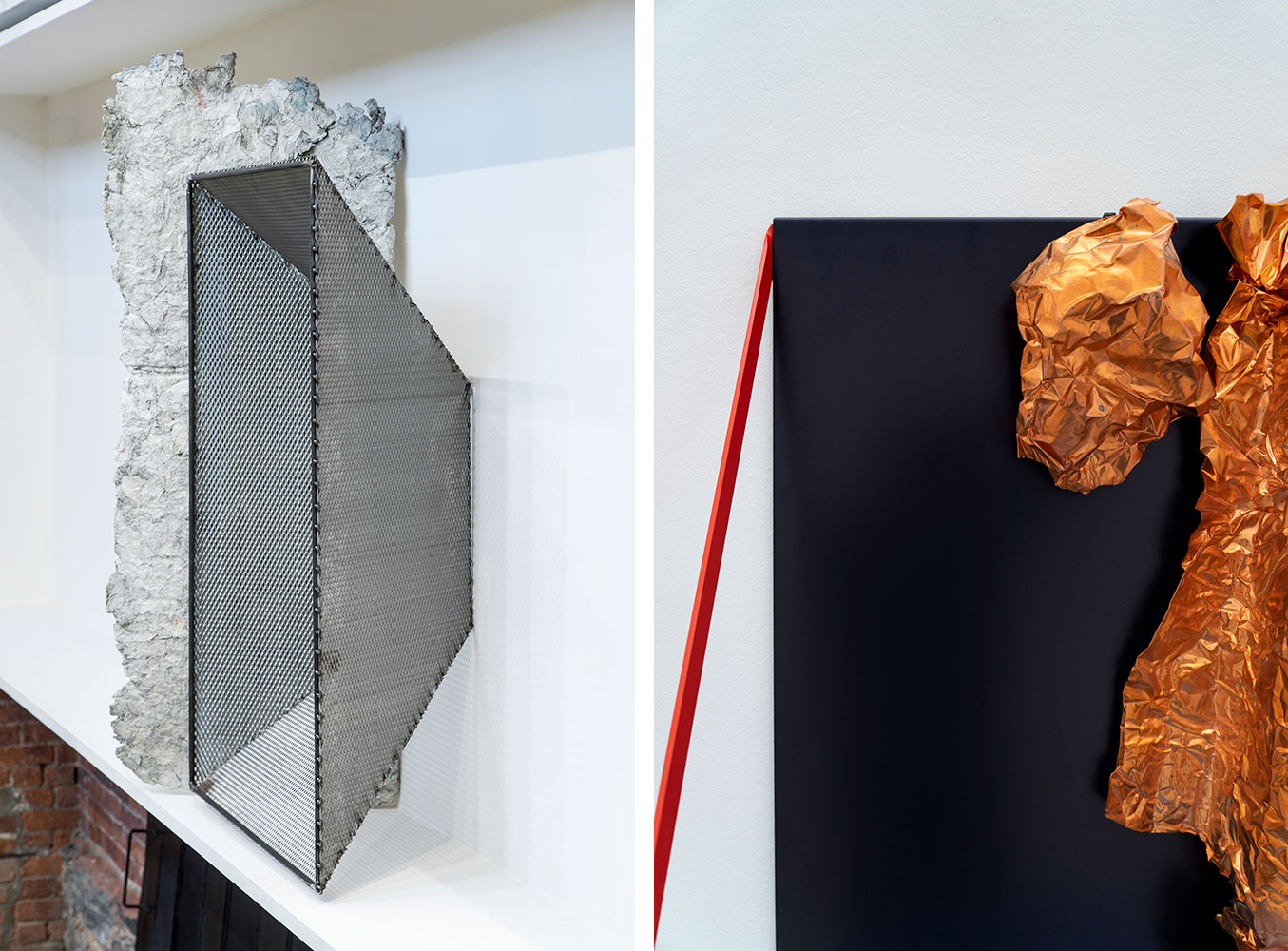
Right: Thea Djordjadze, His and My Own Measures (Detail), 2017/2019, Steel, powder-coated, © Thea Djordjadze / VG Bild-Kunst, Bonn, Courtesy Kunst Museum Winterthur and Sprüth Magers, Photo: Reto Kaufmann
